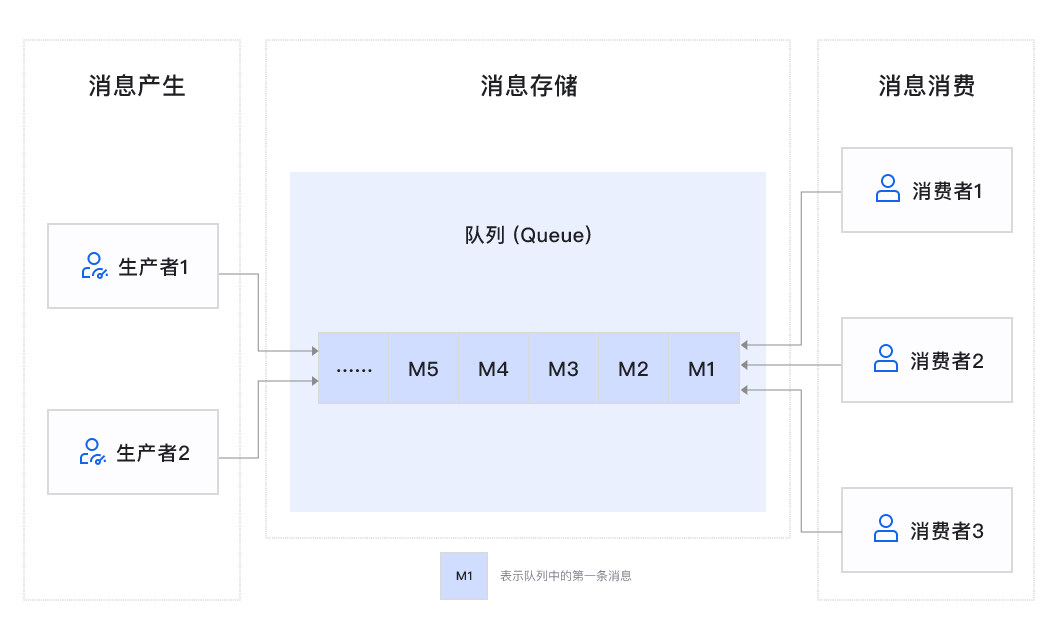Lossless release capability
Ensure that when the product server restarts due to change, release, operation and maintenance, the client is unaware and the request will not have errors
When the product service restarts due to changes, releases, operation and maintenance and other reasons, realize a smooth transition of the service, ensure that the client has no awareness and requests without interruption or error reporting, ensure that the user's business remains stable, and truly realize a "seamless" experience of service restart.



